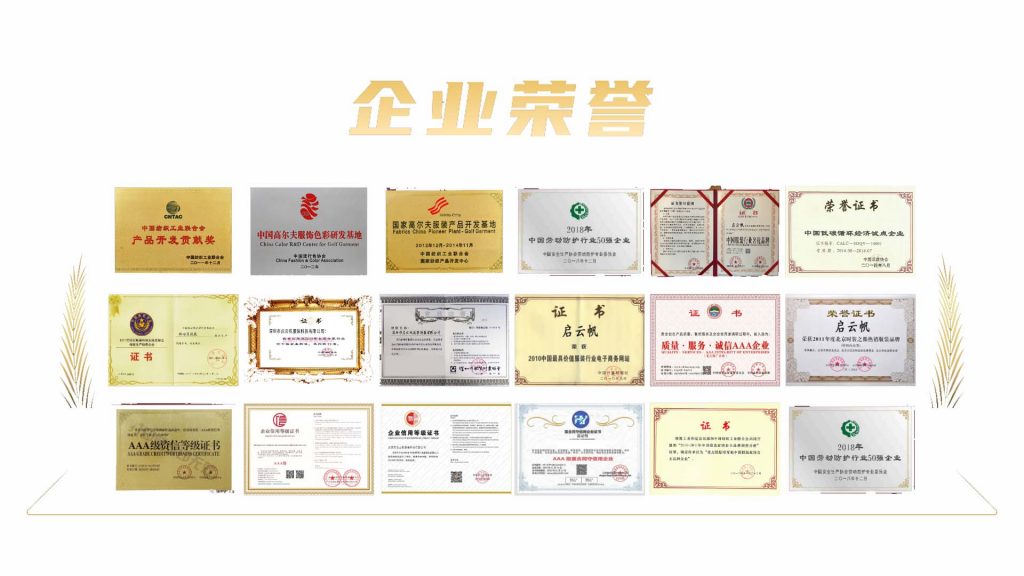
Title: Eco-friendly Workwear: Combining Style and Sustainability
Introduction:
In today's world, the need for sustainable practices extends to all aspects of our lives, including workwear. Eco-friendly workwear not only promotes environmental consciousness but also contributes to a positive corporate image. Companies embracing sustainability can showcase their commitment through eco-friendly workwear, making a statement about their values and responsible practices.
Body:
1. Sustainable Materials:
Choosing workwear made from sustainable materials is a crucial step towards reducing the ecological footprint of a company. Eco-friendly workwear often incorporates fabrics derived from organic cotton, recycled polyester, or bamboo. These materials offer excellent durability, comfort, and breathability while reducing resource consumption and waste generation compared to conventional textiles.
2. Water Conservation:
One of the key aspects of sustainable workwear is its impact on water usage. Traditional textile manufacturing processes consume significant amounts of water and contribute to water pollution through dyeing and finishing. Eco-friendly workwear employs innovative technologies that reduce water consumption during production. Additionally, using organic cotton avoids the use of harmful pesticides and fertilizers, further protecting water sources.
3. Energy Efficiency:
The production of conventional workwear involves energy-intensive processes, such as spinning, weaving, and dyeing. In contrast, eco-friendly workwear aims to minimize energy consumption at different stages of production. Manufacturers adopt energy-saving techniques, such as using renewable energy sources, optimizing machinery, and implementing more efficient dyeing methods. This focus on energy efficiency significantly reduces the carbon footprint associated with workwear production.
4. Waste Reduction:
Eco-friendly workwear strives to minimize waste generated throughout its lifecycle. From the design stage to the end of a garment's life, measures are taken to reduce waste. For example, using pattern-making techniques that optimize fabric usage can help reduce textile waste during cutting. Furthermore, manufacturers encourage recycling programs and provide options for proper disposal at the end of a garment's life, ensuring a circular approach to workwear sustainability.
5. Design and Style:
Eco-friendly workwear is not only sustainable but also stylish. It challenges the notion that sustainable clothing lacks creativity or design appeal. In fact, many companies prioritize contemporary designs that align with current fashion trends. Workers can feel confident in their eco-friendly workwear, knowing they are making a positive impact on the environment without compromising their style or professional appearance.
Conclusion:
Embracing eco-friendly workwear is a proactive step towards building a sustainable future. Through the use of sustainable materials, water conservation, energy efficiency, waste reduction, and stylish designs, companies can showcase their commitment to environmental responsibility. Eco-friendly workwear not only promotes a positive corporate image but also helps to inspire and motivate employees to adopt sustainable practices in their everyday lives. By choosing eco-friendly workwear, companies demonstrate that it's possible to merge style and sustainability, setting an example for the industry and contributing to a greener world.
今天关于环保工作服图片就聊到这里哦,有更多环保工作服图片相关咨询请联系启云帆服装哦!
